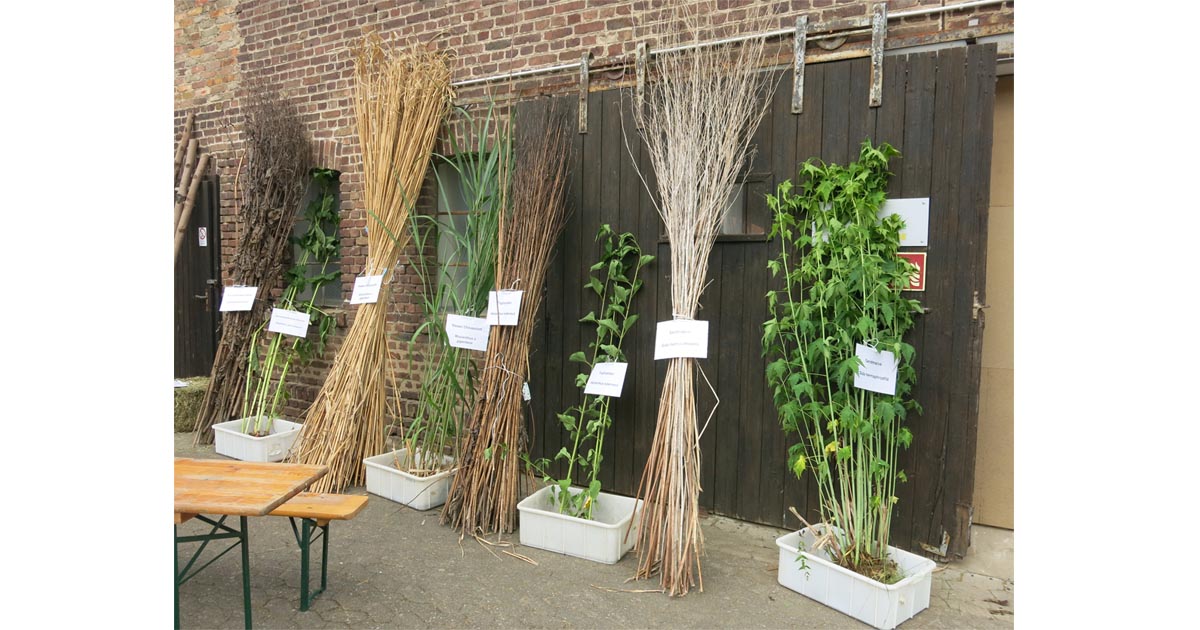- 3.4Impact Factor
- 6.7CiteScore
- 18 daysTime to First Decision
Plant Biomass Production and Utilization
This special issue belongs to the section “Innovative Cropping Systems“.
Special Issue Information
Dear Colleagues,
Due to rising energy prices observed worldwide, biomass plants will play an even greater role as energy crops or as a raw material substitute for petroleum-based products in the future. In addition to the possibility of reducing fossil CO2 emissions or encapsulating CO2 in long-lasting biobased products, other sustainability goals must also be considered. In this context, it is advisable to approach the topic from the perspective of the plant as well as the product by the most interdisciplinary means possible. It is very difficult to overcome this challenge, because farmers only cultivate biomass plants when their sales are assured. On the other hand, companies only begin production when cultivation is assured. Due to the limited amount of arable land available, environmentally and site-appropriate cultivation, e.g., on marginal land, must be carefully considered. In this respect, innovative approaches such as the cascade use of valuable raw material plants, in which energy use only represents the very end of the utilisation cascade, could also offer potential solutions.
The aim of this Special Issue is to identify such alternative, transdisciplinary approaches aiming to enable the innovative and sustainable cultivation of biomass plants in the future.
Prof. Dr. Ralf Pude
Guest Editor
Manuscript Submission Information
Manuscripts should be submitted online at www.mdpi.com by registering and logging in to this website. Once you are registered, click here to go to the submission form. Manuscripts can be submitted until the deadline. All submissions that pass pre-check are peer-reviewed. Accepted papers will be published continuously in the journal (as soon as accepted) and will be listed together on the special issue website. Research articles, review articles as well as short communications are invited. For planned papers, a title and short abstract (about 250 words) can be sent to the Editorial Office for assessment.
Submitted manuscripts should not have been published previously, nor be under consideration for publication elsewhere (except conference proceedings papers). All manuscripts are thoroughly refereed through a single-blind peer-review process. A guide for authors and other relevant information for submission of manuscripts is available on the Instructions for Authors page. Agronomy is an international peer-reviewed open access monthly journal published by MDPI.
Please visit the Instructions for Authors page before submitting a manuscript. The Article Processing Charge (APC) for publication in this open access journal is 2600 CHF (Swiss Francs). Submitted papers should be well formatted and use good English. Authors may use MDPI's English editing service prior to publication or during author revisions.
Keywords
- environmentally and site-appropriate cultivation
- plant biomass
- agronomy
- material science
- cascade utilisation

Benefits of Publishing in a Special Issue
- Ease of navigation: Grouping papers by topic helps scholars navigate broad scope journals more efficiently.
- Greater discoverability: Special Issues support the reach and impact of scientific research. Articles in Special Issues are more discoverable and cited more frequently.
- Expansion of research network: Special Issues facilitate connections among authors, fostering scientific collaborations.
- External promotion: Articles in Special Issues are often promoted through the journal's social media, increasing their visibility.
- e-Book format: Special Issues with more than 10 articles can be published as dedicated e-books, ensuring wide and rapid dissemination.

